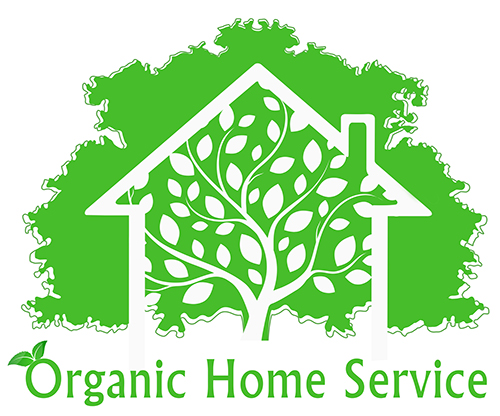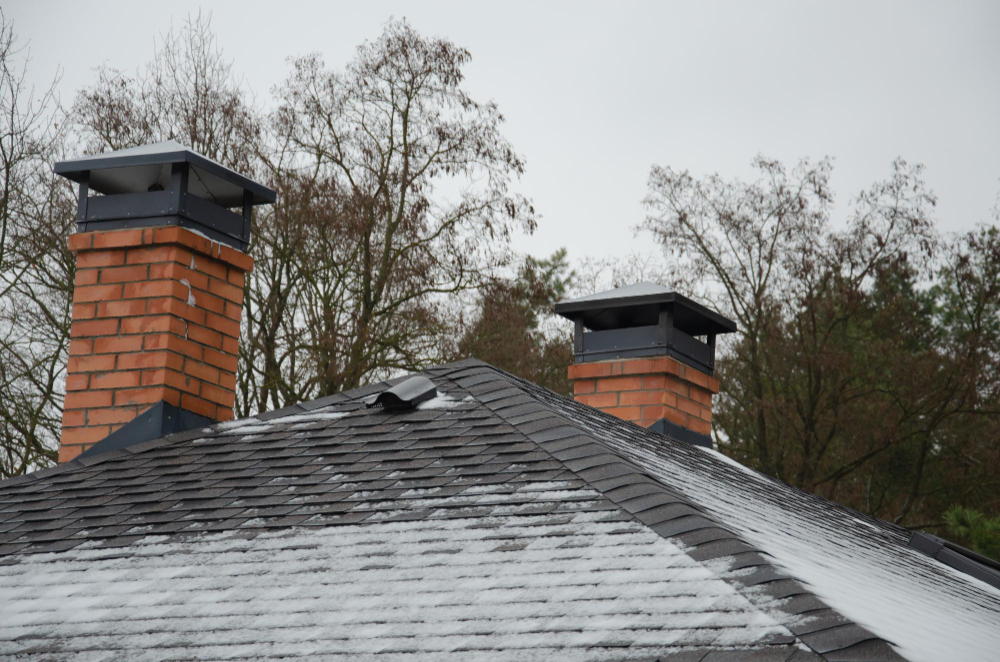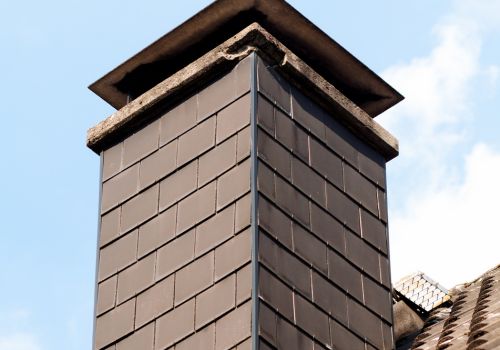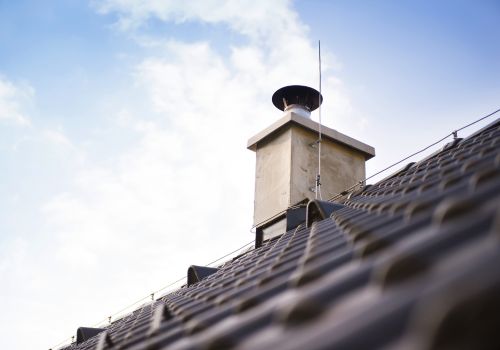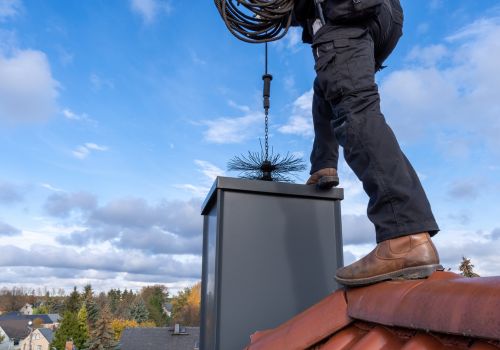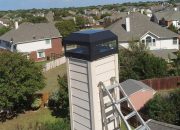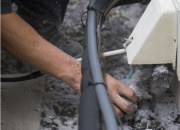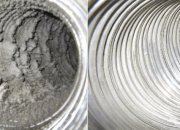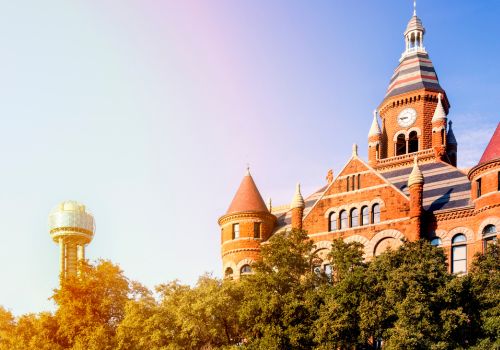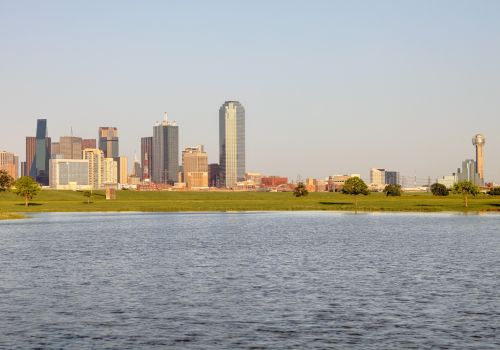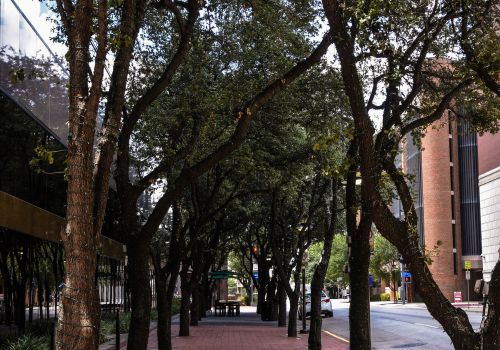Would you like to have your ducts professionally cleaned? To make sure you get the most out of your HVAC system’s operation, it’s a good idea to call an air duct cleaning service. During air duct cleaning, technicians use tools such as brushes and vacuum cleaners to remove dust and debris from your heating and cooling system.
Different HVAC systems require varying services, but the three most common types–standard central heating and cooling systems, furnaces, and heat pumps–typically require an inspection, furnace/coil cleaning and system cleaning.
Before air duct cleaning: Inspection.
In most cases, you should have a professional inspection before cleaning your air ducts. However, if there is some serious damage or visible problems, further preventative measures may be required before cleaning can begin. In some cases, vents may need to be carefully disinfected or removed so they can be more easily vacuumed out with a small hand-held brush attachment while set in a protective plastic baggie. The more damaged vents are usually closer to the opening which makes them easier for an installer to remove after a thorough vacuuming from each register has been completed.
Some vents may be tucked way up in the attic or crawl space. In these instances, where possible, it is best to have an installer take care of these vents so they can reach farther areas with a brush attachment without you having to do any climbing or lifting.
If the ducts are the kind that blows with forced heated air, then it is possible to have this done by an installer. But if the vents are part of a central heating/cooling system, they might not be able to do this for you. Once open, there’s no way to close them off so that the hot or cool air doesn’t escape.
Furnace/Coil Cleaning.
Furnace and coil cleaning is the process that involves removing dirt, debris, mold or other species that block airflow in a furnace. Sometimes this process requires removing the blower assembly for a complete inspection. After that is complete, they will clean out any potential blockage with specialized equipment. The last step is to conduct a combustion test. The process should be conducted regularly because if there is an issue with your furnace, it can decrease the efficiency and cause other problems like mold growth, poor Indoor Air Quality (IAQ), higher utility costs and duct inspection.
Once all debris blocking airflow is removed, technicians use specialized tools such as a blower door or thermal imaging camera to inspect each duct for proper insulation, seal integrity and even future potential dangers like mold growth. This helps determine whether you have healthy air delivery throughout your home. The faster you detect any problem or anomaly, the faster you can act before an emergency occurs. If there’s a problem found, this portion of your duct cleaning will typically last two to four hours.
System Cleaning.
The air in the heating and cooling system filters through a series of one-way air valves called vents. These valves prohibit airflow from the house back into the equipment, helping to ensure clean air for your family. These vents can become clogged with dust and debris, impeding airflow and resulting in higher utility costs (heating or cooling). Additionally, when doors to these individual vents are left open, it provides an ideal path for larger contaminants like mold spores, animals, dirty water, etc. to enter into your system, leading to further problems down the road. For this reason, each vent must be thoroughly cleaned by gently vacuuming debris through the home’s registers. This type of maintenance also helps to ensure that your ducts will last longer and continue to operate at peak efficiency.
Thorough vacuuming of each of your home’s vents.
The contractor will clean the outer surfaces of the main components of your central heating/cooling system–furnace fan motor, coils, heat exchanger, burners–to remove dirt buildup that inhibits efficient airflow throughout the system. While performing this, they might also inspect some parts, like the heat exchanger. If your contractor finds something wrong with it, they will let you know and recommend further steps to take–like replacing it altogether if it has exceeded its service life of 10 years.
Once all vents have been thoroughly vacuumed out and disinfected by installing cleaners, they will reinstall your clean vents with new filters.
Typically, home air duct cleaning takes between two and five hours. Plan on at least three but as many as six hours depending on how many vents there are in your home and what type of HVAC system you have.
Typical cleaning involves brushing or agitating the inside surfaces to loosen debris; then vacuuming out dust/debris using specialized equipment (not your regular house vacuum cleaner) called portable air cleaners, which are similar to motorized shop vacuums. One type uses disposable paper bags as filters.
Other types of duct cleaning machines use a vacuum source to draw the dust and debris through a flexible hose, which often also includes an attached rotating brush that dislodges dirt and other material from the inside surfaces of the ductwork.
As with ordinary vacuuming, after the trash is drawn into the machine and collected by either a paper or cloth filter bag, it must be disposed of properly. Accumulated dust and other material stored in your heating and cooling system can cause problems like poor indoor air quality; clogged intakes for furnaces or air conditioners; allergens (pollen) sticking to your HVAC components; bad smells coming from your system; bacteria growth; corrosion; oxidation of metals such as copper or aluminum, which can cause leaks; or mold growth.
Safe disinfectants to kill germs.
The cleaning service may use disinfectants or chemical biocides to kill germs, fungi, mold and their spores. This is done after vacuuming the dust out of your vents. Don’t worry if you see a haze or residue left behind. It is safe for humans and pets alike.
How often should I have my air ducts cleaned?
Ductwork needs to be cleared every 3-5 years depending on how frequently you use your heating and cooling system. If your HVAC unit is running all the time (i.e., 24 hours per day), then you probably need them done more often than that.
